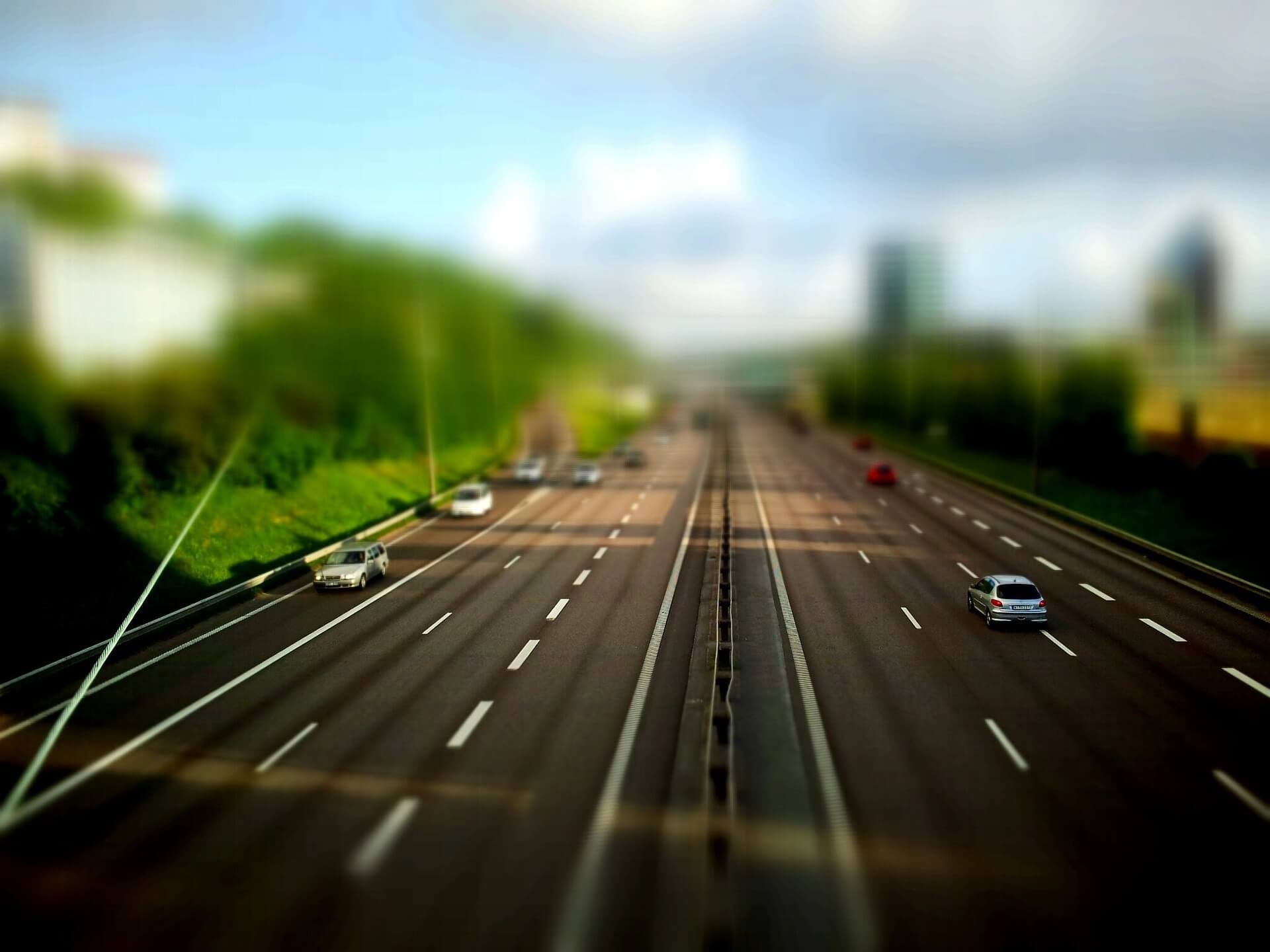News
Sweden builds the first electric highway

Source: Pixabay/cars-g332ebfe3a_1920
Sweden builds the first electric highway
As a result of the ban on internal combustion vehicles, which was decides last month, various solutions must be developed in order to create an appropriate infrastructure. Sweden is making a start on building an e-highway. To be more precise, an existing highway is being converted into a permanently electrified highway so that the e-cars can charge their batteries while driving. The talk is about the E20 European Road, which is to be completed by 2025. However, it is currently still in the preparation phase. Charging can be made possible through three different ways. Overhead line systems, inductive systems and conductive systems could be built. However, the overhead line brings with it the problem that only heavy commercial vehicles could be loaded. Overhead lines are used to supply power to a special type of, for example, buses. Conductive charging seems to be a simpler method. By placing a pad or plate on the road surface, the vehicle can charge without contact when it stands on the corresponding plate. With inductive charging, certain devices are installed in the ground that send electricity to a coil in the vehicle. The coil then charges the battery. So far, however, it could be that primarily trucks benefit from the methods. However, private individuals should also have the opportunity to charge their vehicles in this way. As a result of simulation, it was found that home charging with dynamic charging can reduce the size of the battery by up to 70%. As a result, it would not be necessary to upgrade every road accordingly. About 25% of the roads would suffice. So the idea would go on to say that people who live closer to such electric road systems have smaller batteries because they can benefit more from them. Of course, that also increases the range of the batteries.
By 2045, Sweden wants to extend another 3000 kilometers of electric roads. A partnership exists with Germany and France to exchange experience reports. But other countries are also showing initiative and starting to develop such roads.
